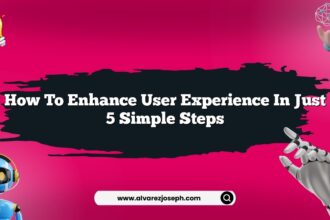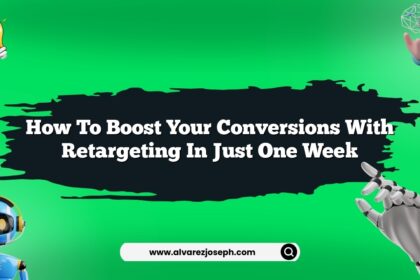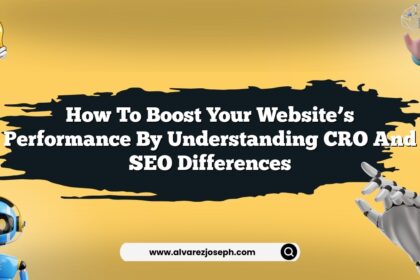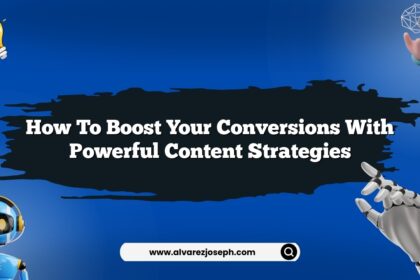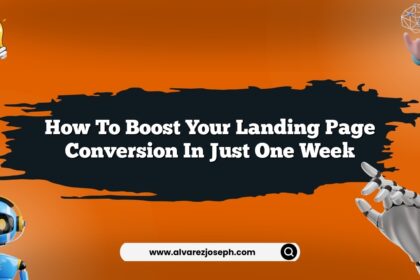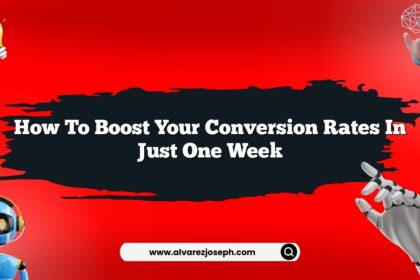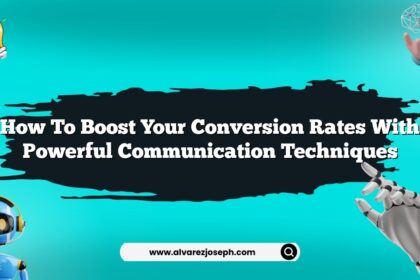Let’s dive into something that a lot of marketers seem to mix up: split testing and A/B testing. Now, I know what you’re thinking. “Aren’t they the same thing?” Well, hold your horses! They’re not quite the same, and knowing the difference could seriously boost your marketing results.
I mean, you can’t just throw spaghetti at the wall and see what sticks, right? If you really want to improve your conversion rates, you need to understand these two tactics inside and out. So, buckle up! We’re about to break this down in a way that even your grandma could understand.
What in the World Is A/B Testing?
Let’s start with A/B testing, the shiny star of the marketing world. This is when you take two versions of something—say, a landing page—and test them against each other to see which one performs better. You might change a headline, a button color, or even the overall layout.
The goal? You want to figure out what makes your audience tick. It’s all about data. You set it up, run the test, and see which option gets more clicks, more sales, or whatever metric you’re focused on. Easy-peasy, right?
But here’s the kicker: you have to isolate the variables. That means changing just one thing at a time. If you change the headline and the button color at the same time, how the heck will you know which one did the heavy lifting? Spoiler alert: you won’t!
Split Testing: Not Just a Fancy Term
Now, let’s talk split testing. A lot of folks toss around the term “split testing” like it’s interchangeable with A/B testing, but that’s not entirely true. Split testing usually refers to testing two different versions of a page across different segments of your audience.
Imagine sending one version to half your audience and the other version to the other half. You get broader insights because you’re looking at a more extensive data set. This can be super useful for more significant marketing campaigns where you really want to get a feel for how different demographics react.
Here’s the thing, though: split testing isn’t just about what looks cooler or what gets more clicks. It’s about understanding your audience better.
Why Does This Matter?
So, why am I droning on about this? Because if you want to be a marketing superstar, you need to get these concepts straight. A/B testing gives you quick wins. You’ll see results fast with smaller changes.
Split testing? It’s like a deep dive into the minds of your audience. It helps you understand the bigger picture.
Pro tip: Start with A/B tests on small tweaks. Once you’ve got a handle on that, use split testing for broader campaigns.
When To Use Each One
Okay, let’s get down to brass tacks. When’s the best time to use A/B testing versus split testing? Here’s my take:
A/B Testing
- Quick Adjustments: Whenever you want a fast answer.
- Minor Changes: Testing button colors or headlines.
- Immediate Insights: Perfect for testing things like email subject lines.
Split Testing
- Broad Campaigns: When you’re launching a new product or service.
- Diverse Audiences: If your target audience is split between demographics.
- Data-Rich Insights: Think big picture, not just the immediate results.
The Power of Data: Metrics that Matter
You can’t just go around changing stuff and hoping for the best. You need to look at the right metrics to get a clear picture. Some critical metrics to keep an eye on include:
- Click-Through Rate (CTR): How many people clicked on your call to action?
- Conversion Rate: The percentage of visitors who completed the desired action.
- Bounce Rate: How many people leave after just one page?
- Average Order Value (AOV): For e-commerce sites, this tells you how much each customer spends.
Each of these metrics tells you something different about your audience and your marketing efforts. Track them, analyze them, and use them to inform your next steps.
A/B Testing Tools: What’s Out There?
There are tons of tools out there to help you with A/B testing. Some popular ones include:
- Optimizely: A robust platform for testing everything from website elements to entire pages.
- Google Optimize: Free and integrates well with Google Analytics.
- VWO: Offers A/B testing along with heatmaps and other insightful tools.
- Unbounce: Great for landing pages specifically.
These tools give you the ability to set up tests easily, analyze results, and implement changes without pulling your hair out.
Split Testing Tools: Getting Serious
When it comes to split testing, there are also some noteworthy tools you should check out:
- Kameleoon: A great tool for both A/B and split testing with AI capabilities.
- Adobe Target: If you’re in the Adobe ecosystem, this tool is fantastic for personalized campaigns.
- Crazy Egg: Offers heatmaps and user recordings, making it easier to understand where users click and why.
- HubSpot: Not just for email marketing, it also provides tools for A/B testing and analytics.
Remember, whatever tools you’re using, make sure they fit your needs and budget. Don’t go bankrupt trying to get the latest shiny object.
The Learning Curve
Now, let’s be real. There’s a learning curve when it comes to mastering A/B and split testing. You’re going to make mistakes. You will. I’ve been there. I’ve run tests that flopped harder than a pancake. But that’s okay!
The secret? Use those failures as stepping stones. Analyze what went wrong, tweak your approach, and try again. Marketing isn’t about perfection; it’s about progress!
Real-Life Examples
Now, let me share a couple of real-life examples to drive this home.
A/B Testing Example
I once worked on a campaign for a local coffee shop. We tested two different headlines for their newsletter. One read, “Get Your Caffeine Fix!” and the other said, “Exclusive Discounts Inside!”
Guess which one won? The second one! People love discounts. Who doesn’t?
Split Testing Example
I helped a startup with their website launch. We ran a split test across three different landing pages targeted at college students, professionals, and parents. The landing page for college students performed twice as well as the other two!
That insight helped us tailor future marketing efforts to focus more on that demographic.
The Final Word on A/B vs. Split Testing
So, to wrap this up, let’s get back to the basics. A/B testing and split testing are both crucial tools in your marketing toolbox.
Don’t shy away from either. Embrace them! Use A/B testing for quick wins, and split testing to understand your audience on a deeper level.
Experiment with both. Learn from your results. And for the love of marketing, don’t forget to have fun with it!
Quick Summary
- A/B testing focuses on comparing two variations.
- Split testing often involves broader audience segments.
- Metrics like CTR and conversion rates are crucial to track.
- Use A/B testing for quick tweaks and adjustments.
- Split testing is best for large campaigns.
- Tools like Optimizely and Crazy Egg can simplify testing.
- Expect a learning curve; mistakes are part of the process.
- Real-life examples provide insights into effective strategies.
- Embrace both methods for comprehensive marketing insights.
- Enjoy the testing process!
Frequently Asked Questions
What’s the primary difference between A/B testing and split testing?
A/B testing compares two versions of a single element, while split testing looks at different variations across broader audience segments.
How do I decide which test to run?
Start with A/B testing for minor tweaks. Use split testing for larger campaigns where audience demographics matter.
What metrics should I focus on?
Key metrics include CTR, conversion rates, bounce rates, and average order value.
Can I run A/B tests on social media?
Absolutely! A/B testing can be applied to ads, posts, and even landing pages linked from those platforms.
How long should I run a test?
There’s no one-size-fits-all answer, but generally, run tests long enough to get statistically significant results, often a few weeks depending on traffic.
What if my tests don’t provide clear results?
That’s okay! Sometimes you just need to tweak your approach, try different variables, or even test at a different time.
And there you have it! Dive into testing, and watch your marketing results soar!



